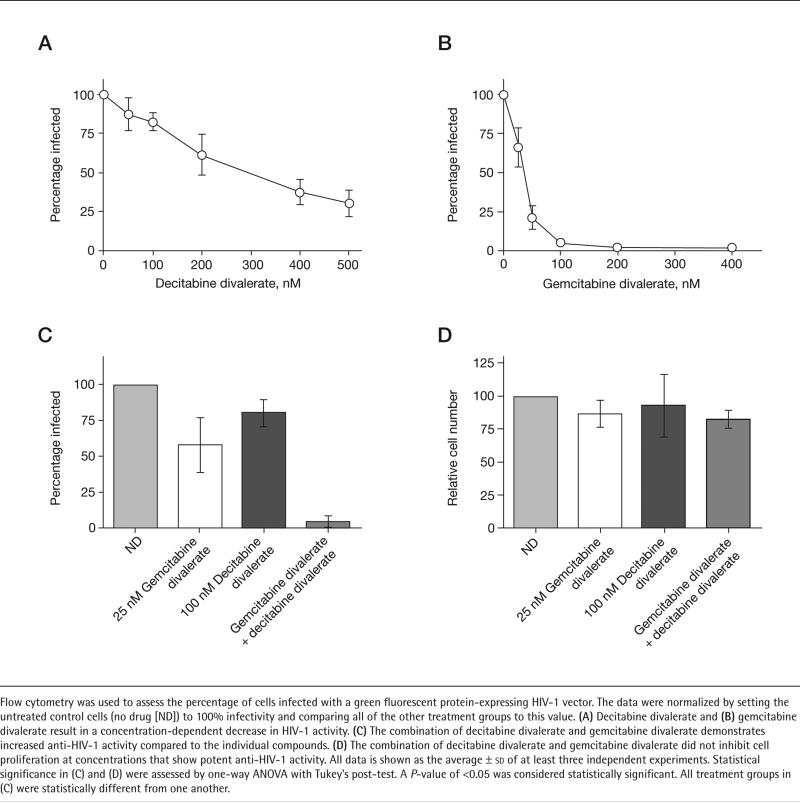Figure 1. Effect of decitabine divalerate and gemcitabine divalerate on HIV-1 infectivity and cell proliferation.
Flow cytometry was used to assess the percentage of cells infected with a green fluorescent protein-expressing HIV-1 vector. The data were normalized by setting the untreated control cells (no drug [ND]) to 100% infectivity and comparing all of the other treatment groups to this value. (A) Decitabine divalerate and (B) gemcitabine divalerate result in a concentration-dependent decrease in HIV-1 activity. (C) The combination of decitabine divalerate and gemcitabine divalerate demonstrates increased anti-HIV-1 activity compared to the individual compounds. (D) The combination of decitabine divalerate and gemcitabine divalerate did not inhibit cell proliferation at concentrations that show potent anti-HIV-1 activity. All data is shown as the average ± sd of at least three independent experiments. Statistical significance in (C) and (D) were assessed by one-way ANOVA with Tukey's post-test. A P-value of <0.05 was considered statistically significant. All treatment groups in (C) were statistically different from one another.

